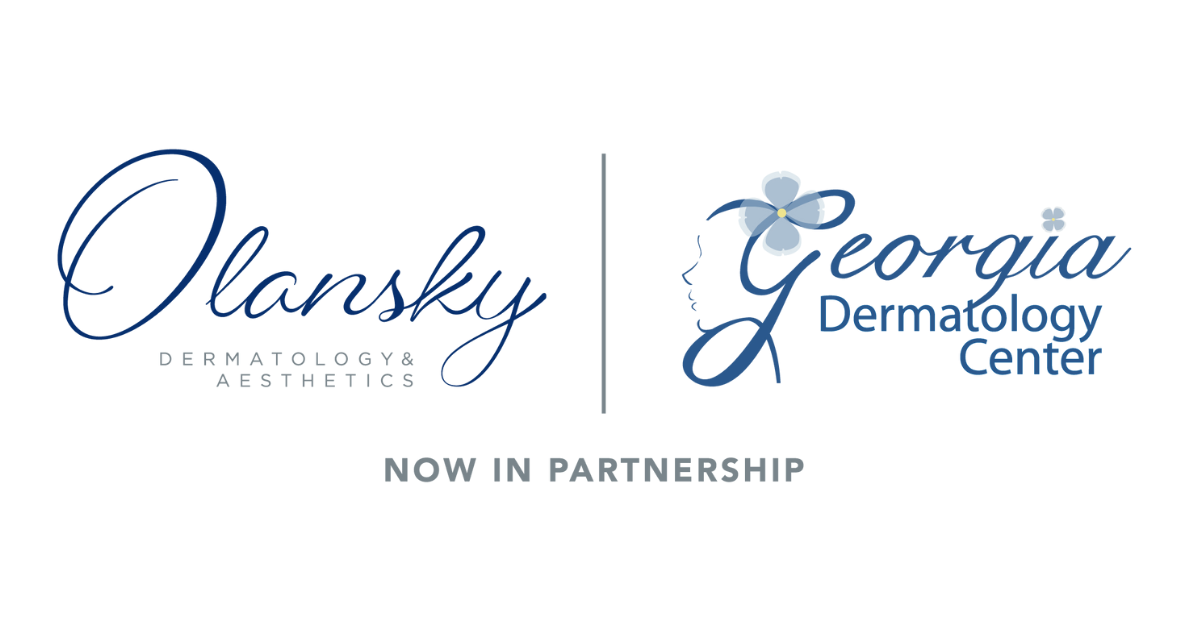Irritated skin can be caused by a variety of factors, so a careful diagnosis of the type and triggers of your skin irritation is important to obtaining the proper treatment strategy. A rash called contact dermatitis may result when certain substances come into contact with your skin. There are two kinds of contact dermatitis: irritant and allergic. When an allergen is responsible for triggering an immune system response, then it is an allergic dermatitis skin condition. Our doctor at Georgia Dermatology Center has specialized training and skin testing expertise to accurately diagnose your condition and provide relief for your symptoms.
Allergic Contact Dermatitis, or skin allergies, occurs when the skin is exposed to an environmental agent or food and reacts with redness, swelling, blistering, itching, hives or rashes.It is always recommended to keep a diary of known allergens and a history of what one may have come in contact with prior to the onset of rash. These substances would not necessarily be something new; they could be something used or touched every day. It will be easier to prevent the rash once the offending allergen is found. Common allergens would include metals (nickel), rubber (elastic), dyes (hair color), cosmetics (eye make-up and nail polish), preservatives (main ingredient in many products), fragrances (perfume, lotions, creams, laundry detergent), topical medications (topical antibiotics, prescription and over the counter such as Neosporin, polysporin, triple antibiotics, anti-fungal, and topical cortisones), and certain plants like poison ivy, poison sumac, and poison oak. These allergic contact rashes are not contagious. For example, if there was person to person contact with a rash caused by poison ivy, the unaffected person will not get a rash.
Allergic contact dermatitis may take the form of hives, which are red, itchy, raised areas of the skin. They can appear suddenly on any part of your body, and can range widely in size. Common causes of acute hives and angioedema include reactions to certain foods, drugs or an insect sting, as well as a viral or bacterial infection. Physical factors such as temperature, exercise or physical exertion, exposure to sunlight, and pressure points may instigate a hive reaction. While some people suffer from chronic hives with intermittent eruptions that may span over months to years, the majority of hives are considered acute and resolve within a few days or weeks. Antihistamines may be prescribed to relieve your symptoms.
Angioedema is swelling that affects the deeper layers of the skin. Although it is related to hives, the symptoms of redness and itching are absent, usually affecting the eyelids, lips, tongue, hands and feet. Angioedema can occur on its own or concurrent with hives.
Angioedema is swelling that affects the deeper layers of the skin. Although it is related to hives, the symptoms of redness and itching are absent, usually affecting the eyelids, lips, tongue, hands and feet. Angioedema can occur on its own or concurrent with hives.
Your providers at Georgia Dermatology Center will obtain a thorough health history, record daily activities, and list materials that your skin encounters at work and home. The severity of your symptoms and cause will dictate the treatment strategy. Many treatment options are available for allergic contact dermatitis. Treatments may be as simple as a topical medication to performing a TRUE Patch Test. Patch tests are applied to the skin for 48 hours then removed. Once the patches are removed, the skin where the Patch Test was applied is inspected for any positive reaction to the test. This test is painless and uses 36 different patches of chemicals, ingredients, and substances to rule out any common allergens. In more difficult cases, Dr. Gross may refer a patient out to an Allergist, a physician who specializes in all types of allergens and can offer a more dedicated treatment plan.
Monday 8AM-4PM
Tuesday 7AM-1:30PM
Wednesday 8AM-4PM
Thursday 8 AM-4PM
Friday 7 AM-1:30PM
Georgia Dermatology Center | 1505 Northside Blvd. Suite 1500 | Cumming, Georgia 30041 | Telephone: (770) 781-5077
Georgia Dermatology Center in Cumming, Georgia provides high quality dermatology services to patients in the North Atlanta area and many of the surrounding communities such as Alpharetta, Johns Creek, Roswell, Milton, Canton, Dawsonville, Suwanee, Buford, and Sandy Springs. With experience and training, our expert physicians and medical staff are dedicated to helping our patients correct skin conditions and diseases, as well as, achieving their beautiful skin goals.
Designed by InkThemes.com







